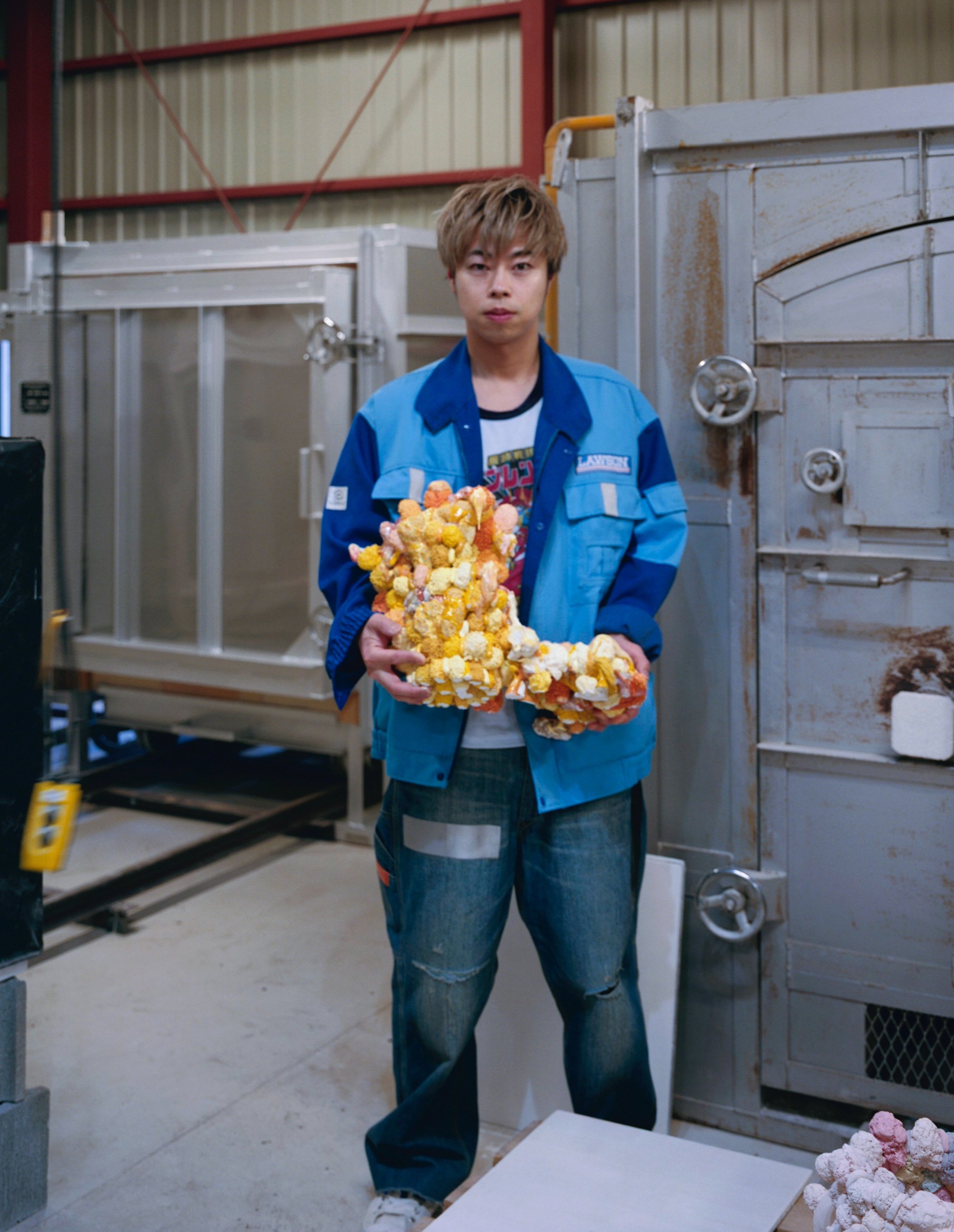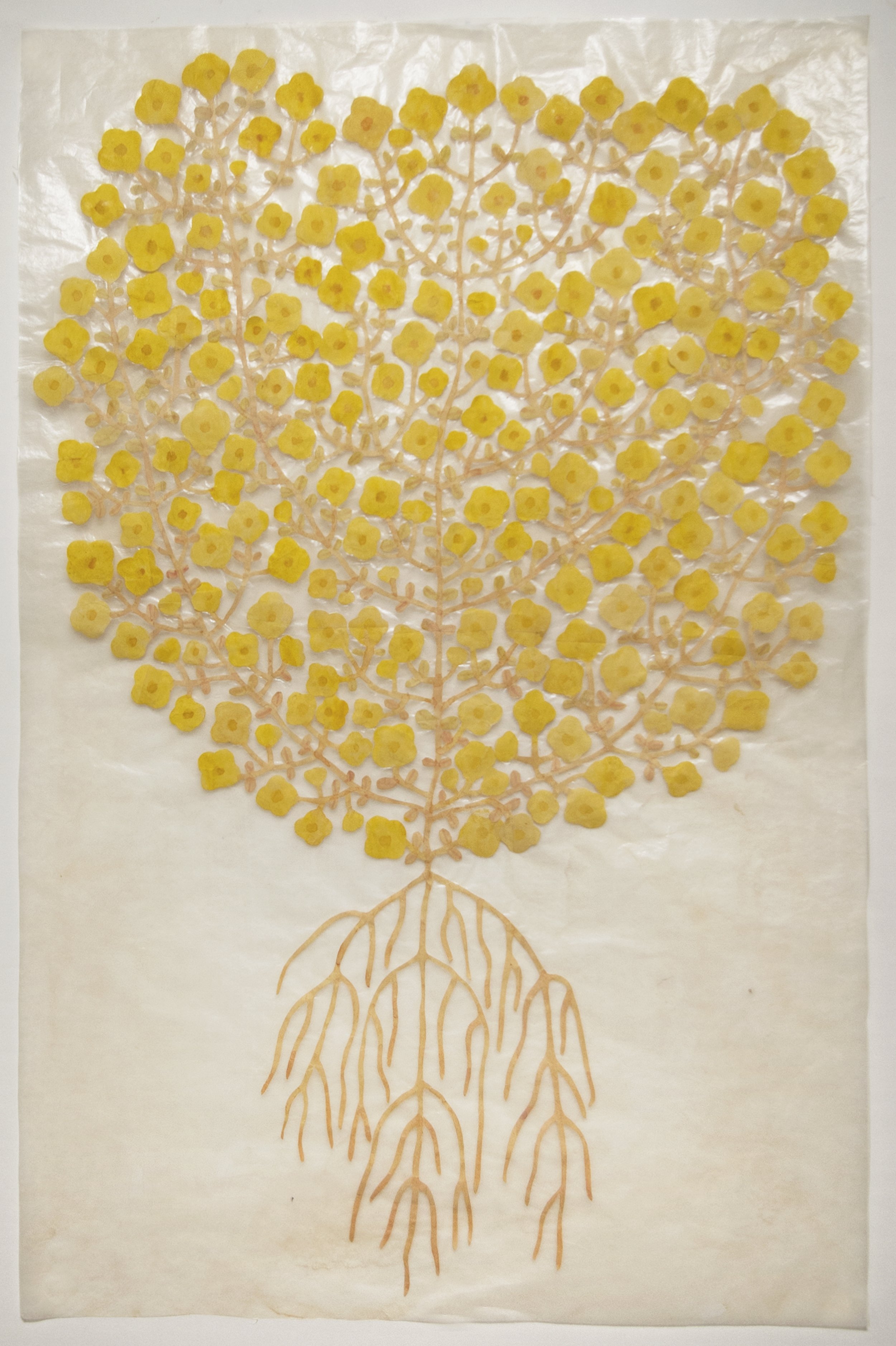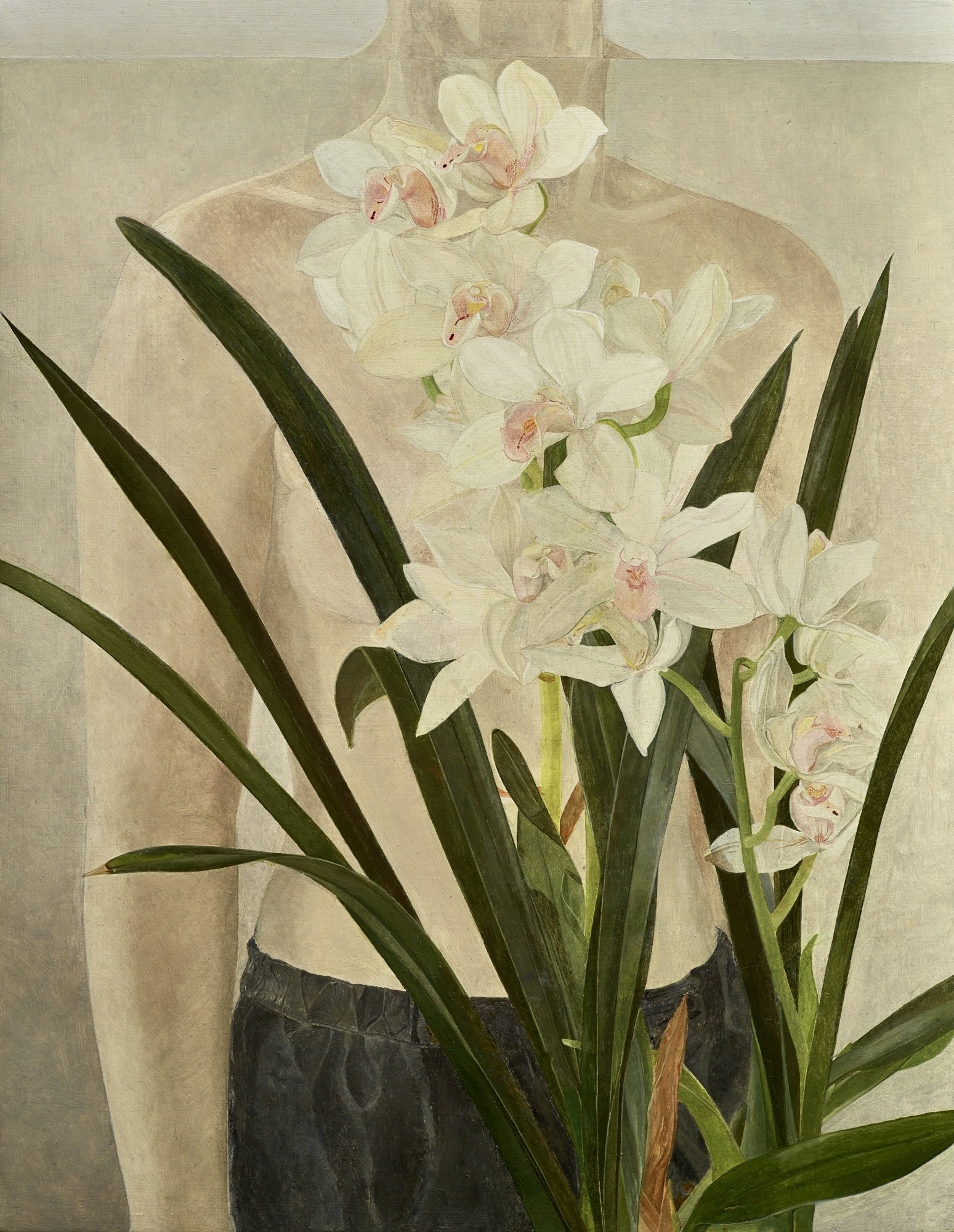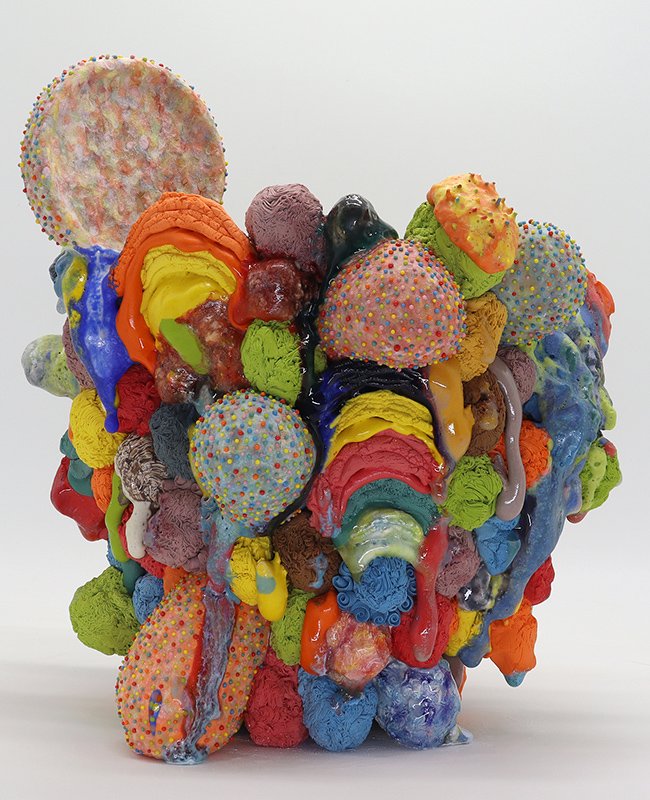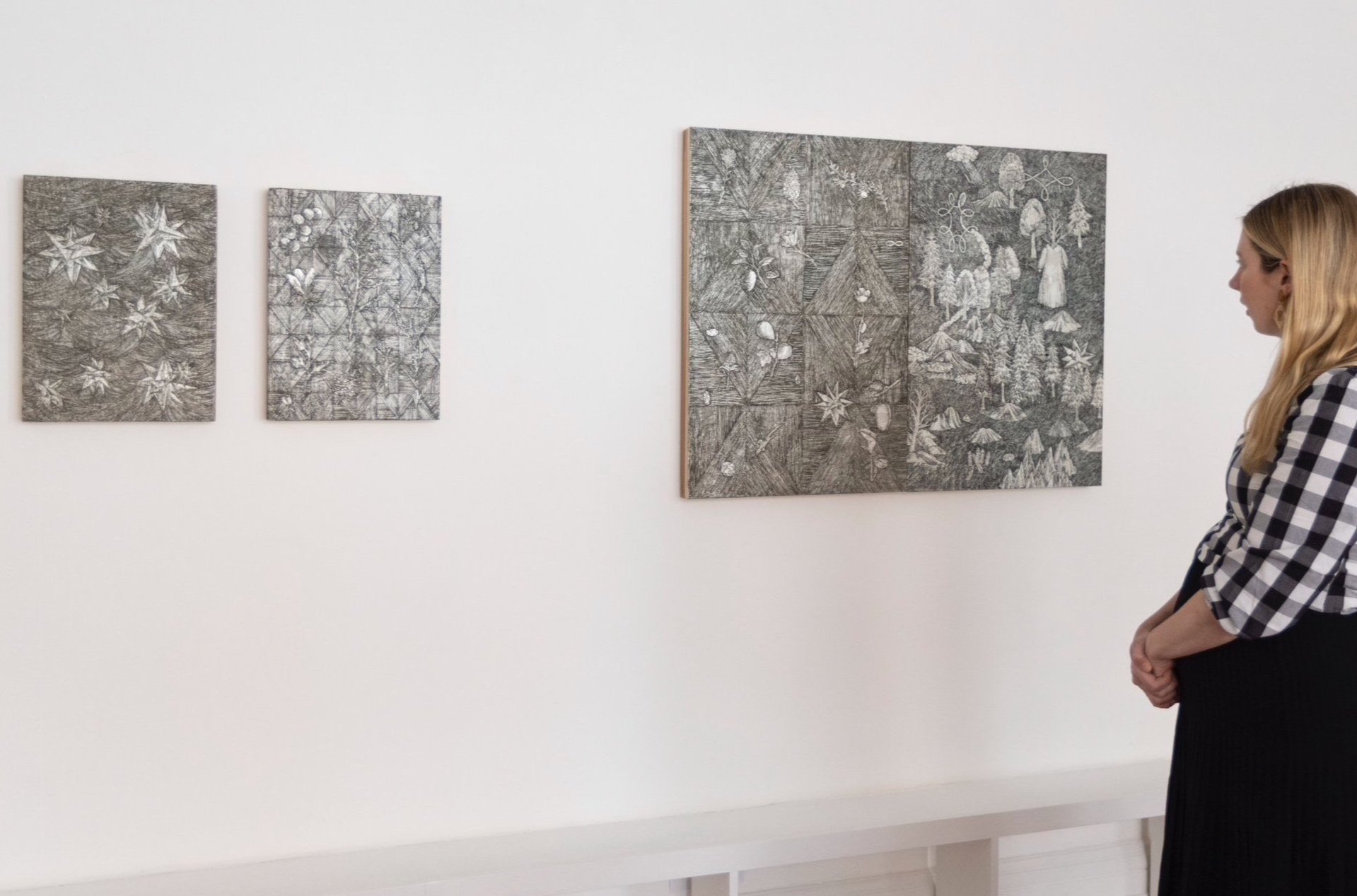Olivia Paterson and Alma Zevi on ikebana and art
Olivia Paterson (left) and Alma Zevi (right). Photography by Tereza Cervenova
This summer PATERSON ZEVI London together with IKEBANA projects are delighted to present ‘New Nature’, a group exhibition bringing together eleven international contemporary artists from Japan and around the world. Drawing inspiration from Ikebana, the artists in New Nature engage in a discourse about our relationship with plants, opening a dialogue that challenges us to reevaluate our existence with nature. We sat down with the founders of PATERSON ZEVI to talk about Ikebana and art.
PATERSON ZEVI is a hybrid Art Agency and Consultancy. They work across both the gallery and museum sectors to serve international artists, collectors, institutions and philanthropic projects. They have offices in London and Venice, each of which hosts exhibitions throughout the year and operate as private viewing rooms. Olivia Paterson and Alma Zevi are trained Art Historians, (both graduates of the Courtauld Institute of Art), and have worked in the commercial sector in blue-chip galleries and in collaboration with many museums and institutions worldwide.
PATERSON ZEVI is an evolution of ALMA ZEVI gallery, founded in 2016 in Venice.
How did you first discover Ikebana and what sparked your initial interest in this ancient Japanese practice?
Olivia Paterson: I discovered Ikebana through a discussion with Julia Tarasyuk, co-founder of IKEBANA projects. Her insight and her passion for the subject really piqued my interest, and it seemed somehow such a relevant topic for the world right now; finding beauty in nature in unusual or unexpected places. Both Alma and I thought that it would make such an interesting show concept and promptly asked Julia to curate an exhibition!
Alma Zevi: We were very interested in the concept around arrangements, nature and artifice; Ikebana is an ancient art form that still feels so contemporary and inspiring to creative people. The exhibition really took off from there.
Drawing inspiration from the past is a common practice for contemporary artists today. Having received feedback from participating artists, what do you think inspired them the most in the New Nature concept?
AZ: Many were so inspired that they chose to make new work on the occasion of the show - which was wonderful for us to witness and to now enjoy in the exhibition itself. The artists were excited at the novelty of the exhibition concept, as well as the opportunity to learn more and delve into the art form.
OP: With such a rich theme, there was so much to choose from inspiration-wise. I think most artists were really happy to think about nature and the natural world in a new way, that focused less on just the aesthetic pleasure of experiencing it and more on the issues it faces today.
Japanese ceramic artist Kazuhito Kawai in his studio in Kasama, Japan. Photography by Takashi Homma
Is there a work in the exhibition that for you has interpreted the ideas of Ikebana in the most meaningful and profound way?
OP: I think Kazuhito Kawai’s ceramic sculptures are really shocking and beautiful in real life. Ikebana is about building something in a new language or way of expression away from the norm, and Kazuhito’s melting, decaying compositions are a perfect metaphor for the revolution happening in Japanese ceramics and for Ikebana in general.
AZ: All of the works engage with theme in very different ways, some more immediately evident than others. It is interesting to see work where ideas about negative space and arrangements come to the fore, such as Esme Hodsoll’s exquisite oil painting, in comparison with the more representational style of Fumi Imamura, where the textures of the flowers and their sensory response to smell and touch is activated.
How can art contribute to conversations on sustainability?
AZ: We believe that Art and sustainability should certainly dialogue. So many artists are very serious about the environment and are taking steps to limit their waste and be mindful of how they live and work.
New Nature presents works of artists some of which have never been shown in London or even outside Japan before. What made you choose them?
OP: We were keen to have an international group of artists so that we could really see many different perspectives around the theme and create a cross-cultural exchange. It is also always exciting for all of us to be debuting artists in London!
Olivia Paterson looking at Nano Funo’s artwork, Maze to Search for a Star, 2018, as part ‘New Nature’ exhibition. Photography by Will Amlot
Japan, its culture and natural beauty, provides an endless source of inspiration for the creative community. Is there another Japan related subject you would like your artists to explore in their works?
AZ: Absolutely! There are so many other ideas that one could explore, from crafts such as their textiles, papers, lacquer, ceramics; to the stunning (and varied!) natural landscapes of the country.
New Nature exhibition will be held at PATERSON ZEVI gallery from 10 June to July 15, 2022.
PATERSON ZEVI, Flat 1, 41 Davies Street, London W1K 4LT


